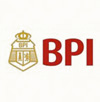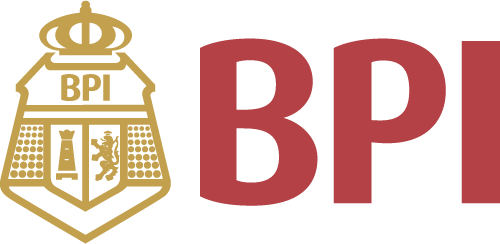All Categories










About Fasteners: Second Edition-2019
Fasteners play a critical role in engineered structures as a method of nonpermanent joining for the aerospace, infrastructure, civil, automotive, energy generation/distribution, and many other industries. The objective of this tutorial is to provide substantial introduction into the technology and physics of various, common fasteners. ContentI. Introduction to Fasteners Lecture #1I-A. Introduction I-B. BoltsI-C. Screws I-D. Nuts and WashersI-E. RivetsI-F. Application – Problems and SolutionsI-G. Stainless Steel FastenersI-H. Anchor BoltsI-I. Bolt Plate FastenersII. Physics of Fasteners Lecture #2II-A. Fastener FatigueII-B. Strength of threadsII-C. Corrosion of Fasteners II-D. Fastener Materials and Standards II-E. Modes of Failure of a Riveted JointFastener failures can lead to disastrous consequences and substantial financial losses. One of the most common fastener failure modes is fatigue crack initiation and growth. Inadequate design considerations, material problems, insufficient preload, loosening, and excessive loads can all contribute to fastener fatigue. Similar to other metallic components, fastener failures include overload, corrosionrelated cracking, embrittlement, creep, and fatigue. Fastener overload can occur upon installation or in service due to an externally applied load. Fastener overload failure investigation should include assessment of the material properties to determine fastener strength, as well as the loads that contributed to the break. Stress corrosion cracking (SCC), or hydrogen embrittlement in some metals, represents an important failure mode in fasteners due to the static tensile nature of the loading in many applications. The tutorial also



























